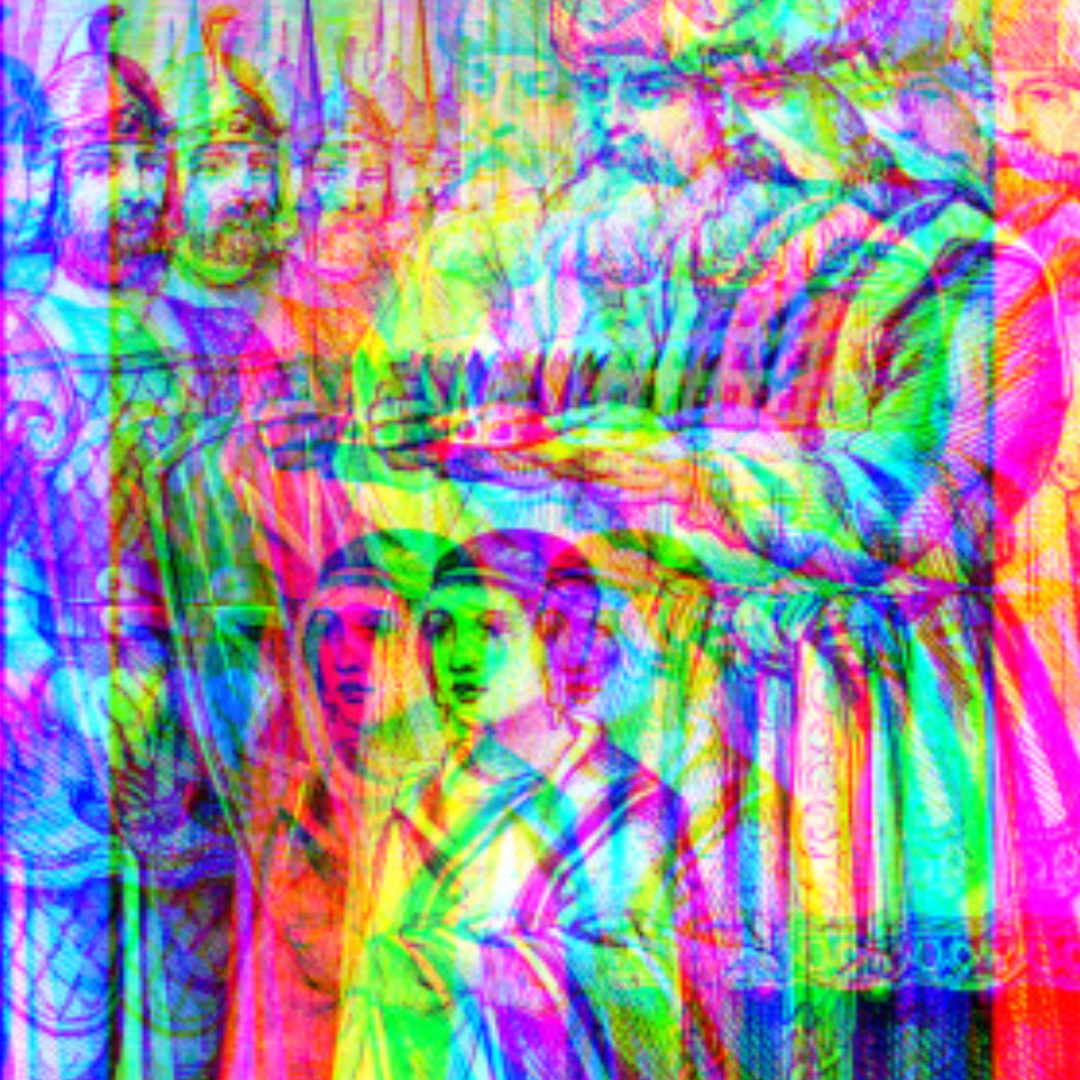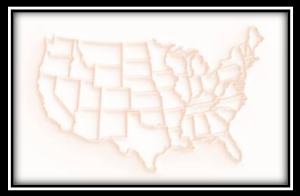
The Great Forgotten
"No to Sugar"—fashion or fear?"
Book of Bertil 12.01
PRELUDE:
At the beginning of the Bible was Josiah, that little forgotten king who had a big dream.
He was the little king of an obscure kingdom of the Levant, but that did not prevent him from thinking big. To pass on his dream to his people, Josiah had a book written. These scrolls have survived the centuries, since we still go through them today in a planetary bestseller called "The Old Testament".
"Noah, a man of the land, was the first to plant the vine. He drank the wine [yayin], got drunk and found himself naked in the middle of his tent.” Book of Genesis (Gen 9:20-21) (We know that this wine was sweet...)
If I think of my aunt Jeanne, my uncle Howard, or my parents, my first memories are always these very precious moments of my childhood where I saw them having a small glass of Sherry, Marsala, White Port or Madeira as appetizers, and in the festive the bottle of sweet wine, revered as liquid white gold, appeared in dessert’s place which required special decorum and solemn attention around the table. With us this liquid was only served to people we loved and respected for their fine oenophile palate and their great generosity.
The world's greatest wine aficionados will tell you that the most precious bottle you can serve is the sweet wine from Château D'Yquem, and that the greatest organoleptic pleasure is a glass of very old Colheita Port with a Stilton blue cheese and a perfectly ripe pear. But all these wines have residual sugars of more than 45 grams per liter, which means that today these wines are shunned, forgotten, and ignored by consumers. Is it because of sugar and the fear of getting fat? You see me as cautious to this reasoning because none of my family members who consume these elixirs of pleasure have been victims of being overweight or having serious cholesterol problems during their long lives. So, would sugar in wine be a defect today, and a shame?
CHAPTER 1.1
Two Types of Sugar
Grape must* contains glucose, fructose (or levulose) and non- fermentable sugars (arabinose and xylose). During fermentation, fermentable sugars will be more or less transformed into alcohol depending on the winemaker's winemaking choices. But there will always be a percentage of residual sugar in the wine, categorized as follows:
- Dry Wine:2-4g/L
- Semi Dry Wine : <12g/L
- Moelleux12to45g/L
- Liquoreux>45g/L
So 4g/L of residual sugar is less than half a teaspoon of sugar in the bottle. And for “Moelleux” and “Liquoreux” wine less than two (2) ounces. Just for comparison and understanding, a liter of 2% milk will has a sugar content of about 45 grams, and a liter of orange juice 90 grams, while soft drinks (such as Coca Cola) are around 115 grams. I dare not discuss the amount in a banana, breakfast cereal or your morning toast & jam.

*Grape must: freshly crushed fruit juice that contains the skins, seeds, and
stems of the fruit. Making must is the first step in winemaking.
CHAPTER 1.2
Are sugar and calories comparable?
Alcohol and sugar largely represent the calories absorbed during the consumption of a glass of wine and obviously the more sugar (and alcohol) there is, the more caloric the wine will be.
CHAPTER 1.3
So then do dessert wines make you fat?
Everything is relative because it depends on the amount absorbed. In general, it is rare that you consume only one beer, so let's say 2 beers of 12oz has 5.7% al/vol = 300 cal / 0 gr of residual sugar, but 26 gr of carbs.
If you consume an average of two glasses of red wine (11 oz) = 210 cal / < 2gr of sugar and 6.5 carbs.
For white wine: (11 oz) = 240 cal / < 2gr of sugar and 6.8 carbs.
And for sweet wine know that we will consume (as for a dessert) only in great moderation: 2 oz = 40 cal and 0.32 carbs. Okay, okay, but when it's too good, say 2 glasses (4 oz) = 80 cal and 0.64 carbs but >13gm of residual sugar. If my calculations are right, it is therefore less caloric to consume 4 oz of sweet wine than to take a glass of Bourbon containing 230 calories.

I therefore advise you to stop punishing yourself for one of the greatest pleasures of the earth and to start consuming with great moderation, these exceptional wines that have existed since ancient Greece c. 800 BC.
CHAPTER 2.01
The Different Types
The so-called sweet wines are divided into two main families:
- Fortified Wine - 18% to 22% alcohol by volume.
- Moelleux Wine - (>45g/l of residual sugar)
- Liquoreux Wines - (between 12 and 45 g/l of residual sugar)

Fortified Wine
To make this special nectar, a base wine is used which can be enriched in two ways: adding alcohol to grape must before or after fermentation or interrupting fermentation to add alcohol. The most common way is to add the alcoholic mixture during the fermentation process. In this case the alcohol can be ethyl, white brandy, or wine alcohol from other wines.
Port is produced in the regions of Porto and Douro in norther Portugal. It has a high alcohol content (19-22%), in a wide range of sweetness and a great diversity of colors.
Marsala is an Italian specialty from the south of the country. It is classified by color and age, with sweet and dry varieties.
Jerez (AKA Sherry) is produced, as the name suggests, in Jerez de la Frontera, Spain. It can be totally dry, totally sweet or totally oxidized.
Carcavelos is the name of a small, demarcated region of Portugal west of Lisbon. This type of fortified wine produced there results from the blending of abafado* wine with dry wine. This type of fortified wine is on the brink of extinction.
*Vinho abafado – fortified wine where the fermentation has been arrested, leaving residual sugar, by the addition of aguardente, an alcoholic beverage between 29 & 60% ABV.
Madeira is produced on the island of Madeira, Portugal. It varies in degree of sweetness and alcohol content depending on the variety that has been used in its production.
Moscatel is produced in the Setúbal Peninsula, Portugal. Obtained from Moscatel or Moscatel Roxo grapes. It has a golden color and its aromas reveal floral and fruity notes.
Moelleux and Liquoreux Wines
These are wines with a high sugar content but a low alcohol due to the natural cessation of fermentation, and this without interventions (addition) of agents (alcohol) external to that produced naturally by the musts of grapes.

Passerillage, or “raising” in English, is a wine-growing technique to enrich the grapes with sugar by concentration. It then loses its volume in water and concentrates in sugar.
Passerillage on stump - the grapes dry out on their feet.
Generally called “late harvest,” this consists of stripping the leaves from the vine in order to allow the grapes to be exposed to the sun and harvested later than the normal ripening timeframe.
Passerillage by straining - the bunches are cut and then put to dry. A process that consists of storing the bunches on straw or wire mesh for better ripening and drying out water from the grapes.
Icewine, or "vin de glace" - ripe bunches are harvested during the first frosts. Harvesting of grapes frozen on the vine, often done at night, is done when the temperature is lower than -7 C (20F). This negative temperature is essential for the water in the grapes to be trapped in ice flakes. Grapes, once harvested, are immediately send to the press. It is essential that the water remains in the form of crystals so that only the grape's juice is extracted.
Noble rot: the action of Botrytis cinerea
A wine can be made from grapes affected by what is called "noble rot", from the scientific name for the fungus Botrytis cinerea. By using noble rot we can produce wines called on ripened, sweet white wines such as Sauternes. Botrytized wines thus have a typical nose of mushroom and candied grapes.

Are there any of these wines produced in the United States, or only in these specific parts of the world?
The wine farming and winemaking processes used by man to produce so-called "dessert" wines are present in all countries of the world and their regions where the vine Vitis Vinifera is productive. When this method is used outside the specific appellations recognized for their wines (Port, Madeira, Jerez, Sauternes, etc.) often the winemaker will use these terms such as Port to define the style and method used. Also, very often the label will not specify any certain reference appellation but a viticultural approach such as late harvest, icewine, straw wine, passerillage wine, etc.
Of the vast majority of the fifty wine-producing states in the US, these types of wines, with more or less quality and finesse, are produced every year. Many of these wines are truly exceptional.

Best Wine Shop 2022
The following are available at Bonde:
- Homewood Winery, Zinfandel Port 2016, Dry Creek Valley, Sonoma, CA
- Homewood Vineyard, Semillion Late Harvest 2011, Lake County, North Coast, CA
- Homewood Winery, Merlot Late Harvest 2013, Dry Creek Valley, Sonoma, CA
- Gilbert Cellars, Tempranillo Tawny Port 2009, Wahluke Slope, 24 K Vineyard, Yakima Valley, WA
- Henry of Pelham, Vidal Late Harvest 2017, Niagara Peninsula, Ontario, CA
- Osmote, Semi-Dry Riesling 2020, Finger Lakes, NY
From Obligion to Legend
Politically, the life of the little king ended in a bitter failure, yet posterity will be more lenient with him. Josiah introduced the idea of a single god, even if it was not yet the monotheism we now know, and he laid the foundations of what would become Judaism and then Christianity. The success of the religious movement that he largely helped to launch does not prevent Josiah from falling into oblivion very quickly. However, this vision has survived him, and he now enjoys an almost planetary influence, a success that this little king of an obscure State of the Levant could never have imagined even in his wildest dreams.
So let's drink in his memory, and don’t worry about being so by-the-Book.
Mr. B
*Memorandum: My words and opinions in these newsletters are and would always be personal, and I intend to offend. I always accept that others have the full right and duty to challenge me, to argue, and, if it is necessary, excommunicate me from their beliefs (often dull and hollow) because I would act the same way if it were the other way around.









